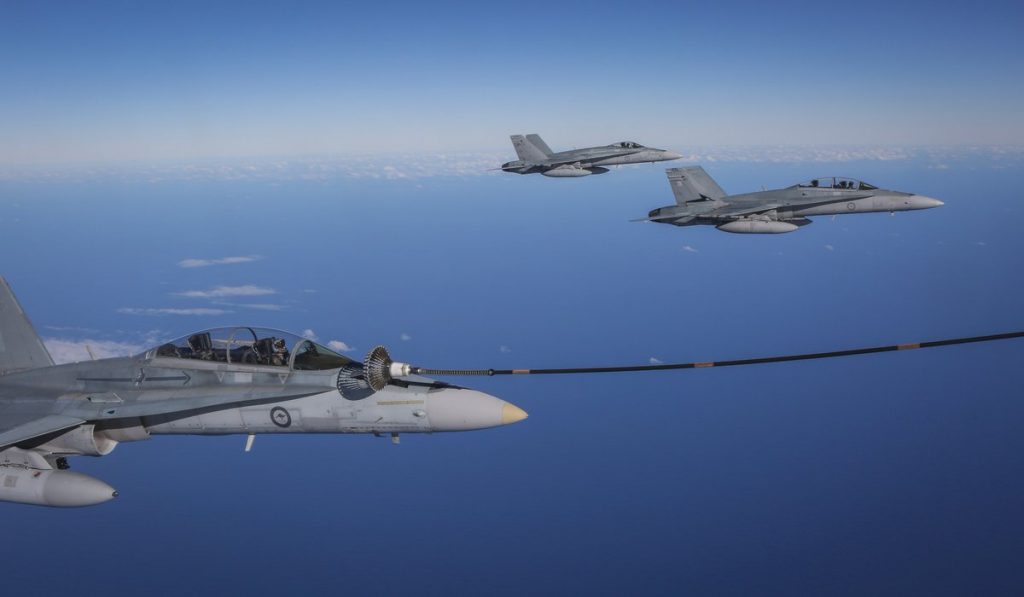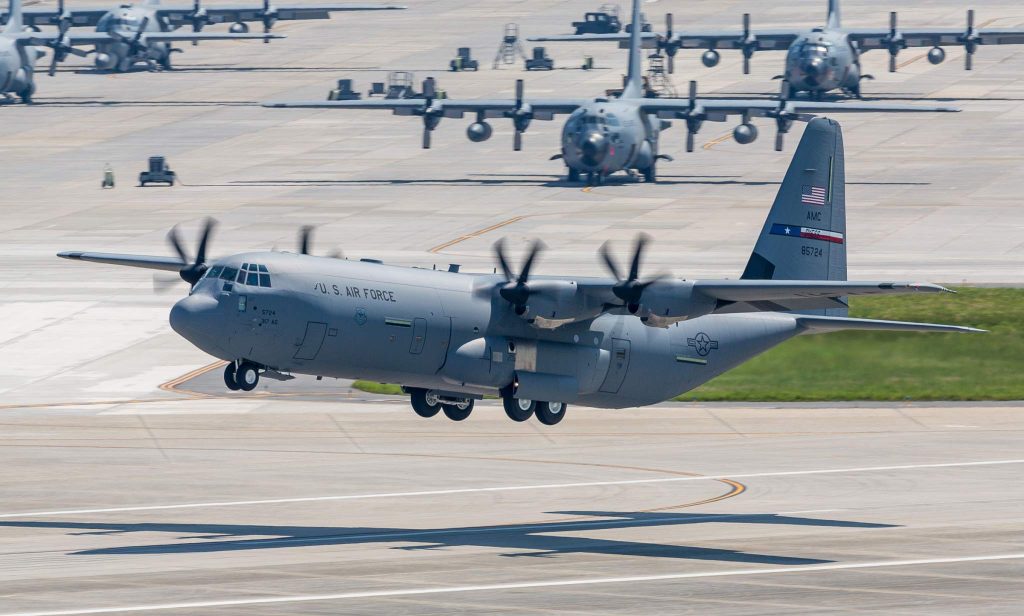The Defence Science and Technology Group (DST Group) of the Australian Department of Defence (DoD) has developed a 3D printing programme for fixing and strengthening aircraft parts.
The technology is used in response to craft on the frontline of defence therefore, according to national security intelligence site Jane’s 360, “boosting the operational ability of military aerospace platforms.”

Harnessing local expertise
The Australian DoD are working with industrial partners and RMIT University, Victoria, on the 3D printing program. Defence researcher, Kevin Walker, explains,
Repairing existing parts (as opposed to manufacturing new parts) is often a more cost effective and efficient way of keeping military aircraft in the air. In conjunction with RMIT and industry partners, we have developed laser-based additive manufacturing repairs that can remediate faults such as corrosion, wear and fatigue cracking.
So far, the technique has been used to repair a rudder anti-rotation bracket which is now certified for flight. The next component the team are working on is a landing gear component for the C-130J Hercules turboprop military transport aircraft.

Walker continues,
For this landing gear component we have developed a laser-based cladding repair that uses stainless steel powder which we expect will have better corrosion resistance than the 4140 steel forging of the original component.
Taking to the skies
In the U.S. 3D printing has been utilized in the military to create and consolidate a number of parts. At the U.S. Navy’s Fleet Readiness Center Southeast (FRCSE) in Florida, the technology has been used to replace an internal part for a T-44 Pegasus airplane, and the U. S. Department of the Navy (DoN) showcased the technology in a 3D Print-a-Thon at the Pentagon.
Such facilities are also part of the Australian DoD’s plan for additive manufacturing, that the DST Group is working on with the USA, UK, Canada and New Zealand. Walker adds,
The ability for parts to be repaired on an operating base will simplify the logistics of operations and further increase the speed at which Defence platforms can return to service.
Across the industry, flight-critical 3D printed parts are also on the increase, as in the titanium Boeing 787 Dreamliner component made by Norsk Titanium, and engines for off-world exploration.
To stay up to date with the latest 3D printing developments in aerospace and other related news sign up to the 3D Printing Industry newsletter, like us on Facebook and follow us on Twitter.
Featured image: A jet in the Australian Airforce. Photo via @DeptDefence on Twitter



